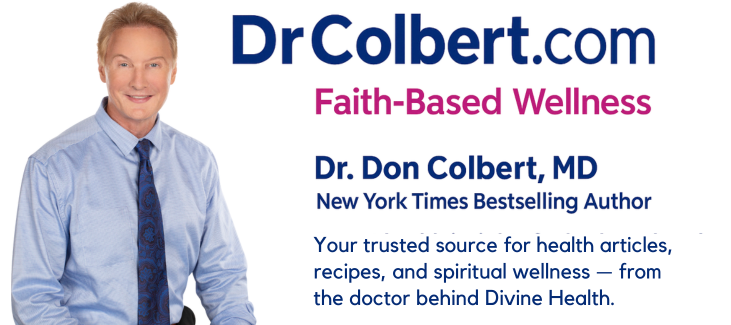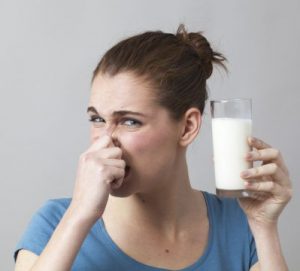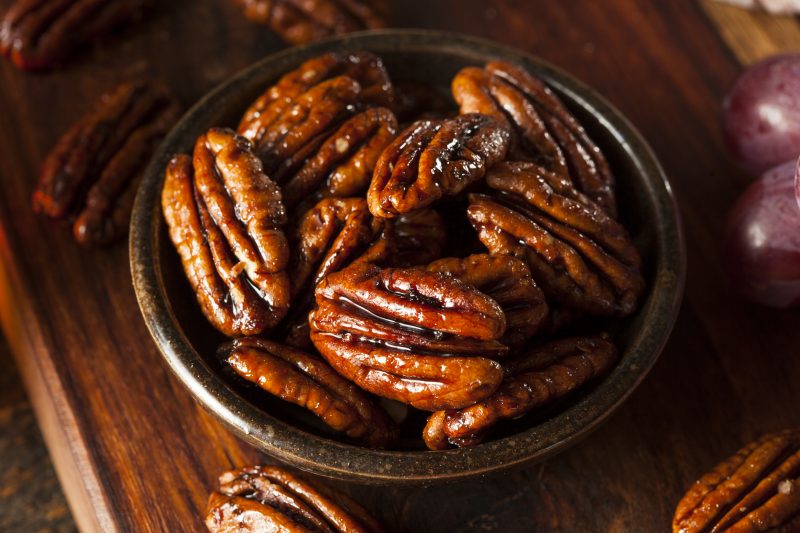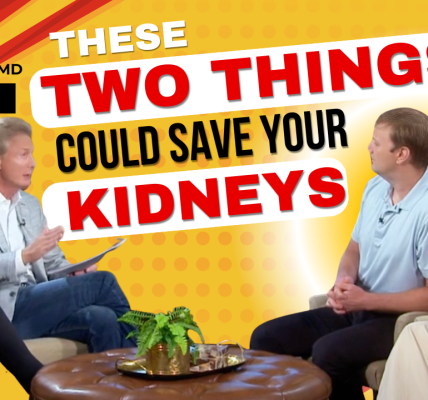What is Testosterone?
- Sperm count and development of mature sperm
- Sex drive
- Fat distribution
- Bone mass
- Muscle size and strength
- Red blood cell production
In females, testosterone also contributes to sex drive, bone density, and muscle strength. But, excessive levels can be a bad thing for women and can cause women to experience male pattern baldness and infertility (1).
5 Facts to Know About Testosterone and Aging in Modern Times
1. Testosterone Naturally Declines with Age after 40 Years
Part of the natural aging process includes a decline in testosterone.
Typically, this slow decline doesn’t need extreme interventions, but it is concerning for many men. It is known as late-onset hypogonadism.
In fact, after the age of 40, the concentration of circulating testosterone declines by about 1.6% every year for typical males (2). After about 20 years of decline, testosterone levels are low enough to be diagnosed as hypogonadism in a younger man.
Unfortunately, the current rate of hypogonadism in 45-year-old males is about 40% and climbing.
In men who are 60 years or older, the diagnosis of low testosterone has increased by 170% since 2012 (3).
But why?
2. Beyond Aging, Many Factors Can Cause Low Testosterone
In addition to natural aging, many factors contribute to declining testosterone. Causes can include:
- Testicular injury
- Infection of the testicles
- Medications
- Chronic diseases, including Type 2 diabetes, kidney and liver disease, obesity, and HIV/AIDS
- Genetic diseases
- Disorders that affect the hormones, such as pituitary tumors or high prolactin levels
- Long life expectancy (many men are getting tested at later ages)
If these are the origin of a decline, the cause should be treated instead of, or along with, the symptoms.
3. There is Concern about Modern Men’s Testosterone Levels
Studies have found the current levels of testosterone circulating in modern men are lower than generations past for the same age. This has been found in studies in the United States, Netherlands, and Australia, among other locations worldwide (4).
In fact, low testosterone is becoming more and more common. Prescriptions for testosterone supplements and medications have increased fivefold since 2012 (5).
There are many hypotheses regarding the cause of the generational decline in testosterone. These include:
- Increased obesity (6)
- Increased use of medications
- Indoor, sedentary lifestyles
- Lack of physical activity
- Too much endurance-level activity
- Environmental pollutants including pesticides
- Chemical exposure including BPA’s, chemicals in coolants, and antibacterial agents that mimic estrogens (7)
4. Low Testosterone Can Result in Both Sexual Dysfunction and Major Health Problems
Low testosterone after age 60, or late-onset hypogonadism, has become a recognized medical condition. However, many of its symptoms are associated with normal aging. These symptoms include (8):
- Diminished erectile quality, particularly at night
- Decreased libido
- Mood changes
- Reduced cognitive function
- Fatigue (9)
- A decrease in muscle mass and strength
- Decreased body hair
- Skin changes
- Decreased bone mass and bone mineral density
- Increase in abdominal fat mass
Unfortunately, low testosterone is also associated with higher mortality and chronic disease. It’s sort of a vicious cycle.
Chronic disease can cause low testosterone, and low testosterone may also bring on conditions such as depression, cardiovascular disease, metabolic disease, and more (10).
5. Treatments Are Available but Not All Created Equal
Low Testosterone is a real problem for many men, whether due to natural aging or medical causes. What can be done?
First, there are lifestyle changes to make including:
- Weight loss using Keto Zone
- More outside activity
- Reversal of high blood sugars and diabetes using Keto Zone
- Addition of resistance and weight-bearing exercise
- Decrease in medications
- A decrease in exposure to pesticides and pollutants
Of course, these lifestyle changes are great for full-body health, but they may not bring on quick results for testosterone levels.
For years, researchers and doctors have also weighed the benefits of Testosterone Replacement Therapy. While older men with clinically low testosterone often respond well to it, there may be significant side effects to consider. Also, there’s inconclusive evidence that it is helpful and safe in younger men.
Bottom Line
Low testosterone affects many men, both under and over 60 years old, and is becoming an increasingly diagnosed condition. There are many factors that affect testosterone and aging, and some declines are due to modern, sedentary lifestyles and environmental pollutants.
But there is good news on the horizon. With Keto Zone, overweight men and those at risk of diabetes can improve testosterone through weight loss and improved blood sugars. There is also hope for new, natural formulations in the future to help with testosterone and aging in modern times.
Stay tuned for future articles over natural ways to improve testosterone levels.





















Are there any supplements that can boost testosterone levels?
Hi Kim! We will have additional articles over natural ways to boost testosterone levels and natural supplements to take. Stay tuned!